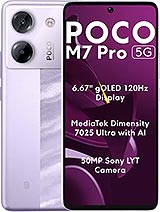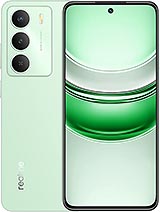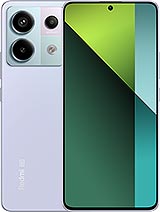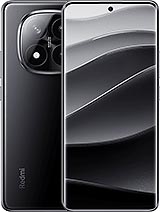Oppo K13 alternatives
Tap above to see alternatives.
Vivo T4 alternatives
Tap above to see alternatives.
1x2.3 GHz Cortex-A720s
3x2.2 GHz Cortex-A720s
4x1.8 GHz Cortex-A520s
1x2.5 GHz Cortex-A720
3x2.4 GHz Cortex-A720
4x1.8 GHz Cortex-A520
8GB 256GB (UFS 3.1)
8GB 256GB (UFS 2.2)
12GB 256GB (UFS 2.2)
f/1.9, 27mm (wide), 1/2.88", OmniVision OV50D40, PDAF
2 MP
f/2.4, (depth)
f/1.8, (wide), 1/1.95", 0.8µm, Sony IMX882, PDAF, OIS
2 MP
f/2.4, (depth)
1080p@30/60/120fps
1080p@30fps
f/2.5, 23mm (wide), 1/3.0", 1.0µm, Sony IMX840
f/2.0, (wide)
1080p@30fps
SIM1: Nano, SIM2: Nano
SIM1: Nano, SIM2: Nano
9 5G bands
n1, n3, n5, n8, n28, n40, n41, n77, n78
10 5G bands
n1, n3, n5, n8, n28, n38, n40, n41, n77, n78
In this performance comparison, the Vivo T4 with its Qualcomm Snapdragon 7s Gen 3 (4nm) performs better than the Oppo K13 with the Qualcomm Snapdragon 6 Gen 4 (4nm), thanks to superior chipset efficiency.
Both phones launched with Android 15 and will get updates until Android 17. Both phones are expected to receive security updates until around 2028.
Both Oppo K13 and Vivo T4 feature AMOLED displays, offering vibrant colors and deeper blacks. Both smartphones offer the same 120 Hz refresh rate. Vivo T4 also boasts a brighter screen with 5000 nits of peak brightness, enhancing outdoor visibility. Both phones have the same screen resolution.
Vivo T4 features a larger 7300 mAh battery, potentially delivering better battery life. Vivo T4 also supports faster wired charging at 90W, compared to 80W on Oppo K13.
Both phones feature the same IP65 rating for water and dust resistance.
¹ Scores can vary even with the same chipset due to RAM, thermals, and software optimization.












